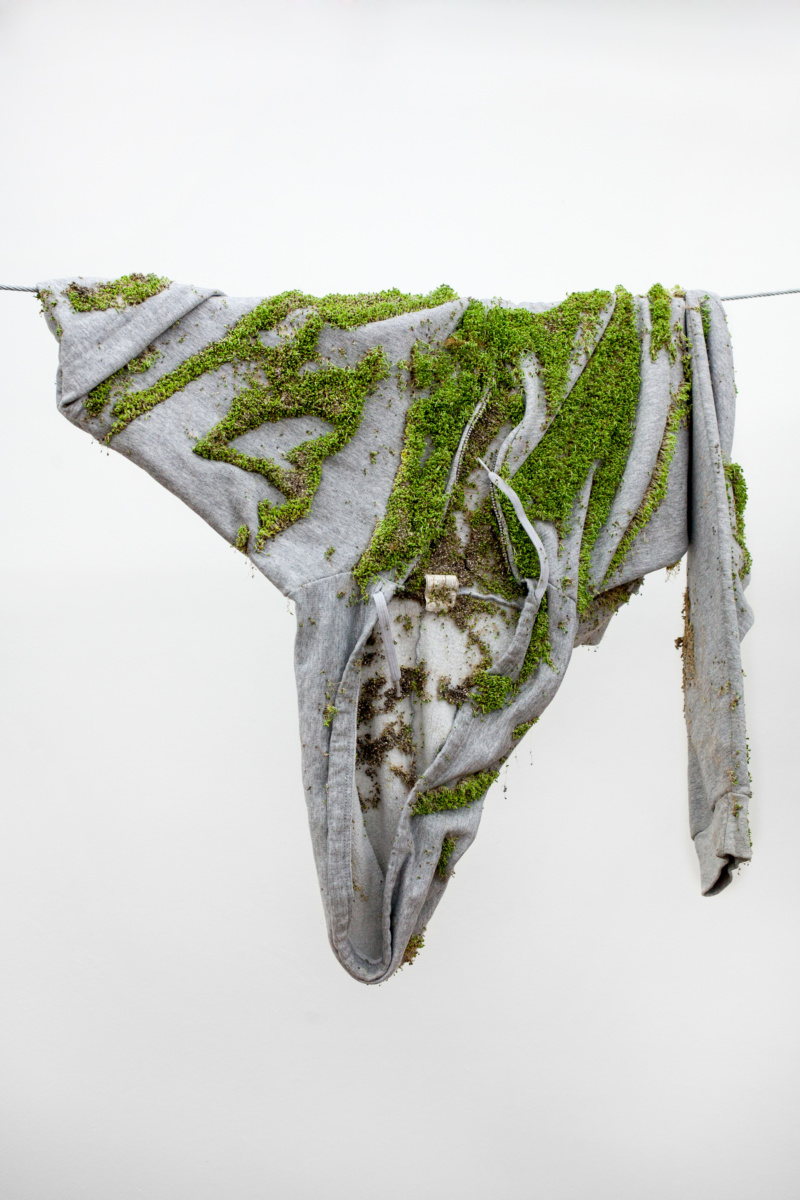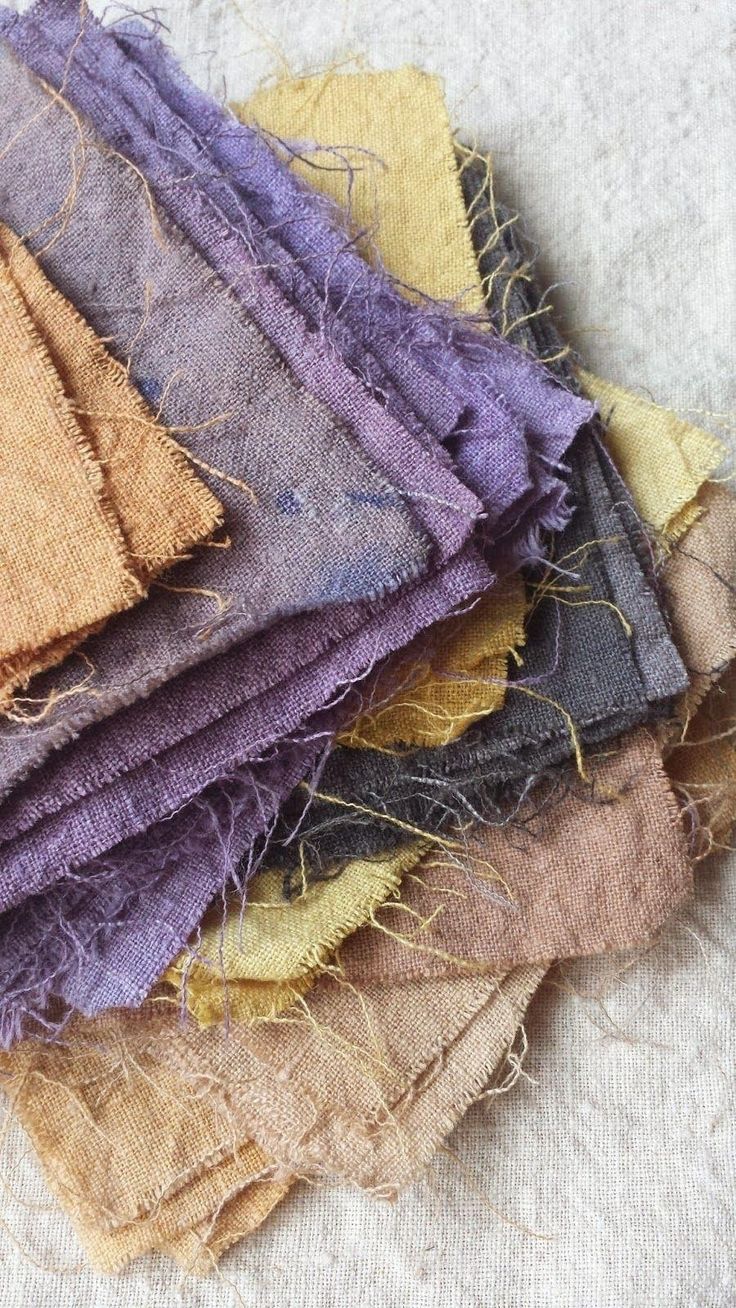Environmental impact of fashion: the 5 stages of the life cycle of clothing

Fashion is a dynamic and constantly evolving sector, but behind the trends and seasonal collections lies a less glamorous reality: the environmental impact of fashion.
The textile industry is among the most polluting in the world and generates significant waste, particularly with the rise of fast fashion since the 2000s.
Today fashion represents 6% of the overall carbon footprint of consumption, similar to that of the purchase of goods and services (6%) and a little less than the carbon footprint generated by digital consumption (10% ) (Source: Climate Academy).
In fact, the industry emits 4 billion tonnes of CO2 each year from clothing and shoes. This figure positions the textile industry as more emitting than all international flights and maritime traffic combined! (Source: 2018 Quantis study https://quantis.com/report/measuring-fashion-report/ )
The textile industry is also a major source of chemical water pollution and plastic pollution!
To understand the environmental impact of fashion , we need to take a closer look at the different stages of a garment's life cycle.
First step: Extraction of natural resources
The production of raw materials is one of the first stages where the environmental impact of fashion is felt.
Growing cotton, for example, requires significant quantities of water (producing a cotton t-shirt requires the equivalent of 70 showers of water!) and pesticides (it uses 4% of nitrogen fertilizers and phosphorus worldwide), leading to land degradation and water pollution. Partly because of this step, the textile sector was the third largest source of water degradation and land use in 2020. That year, it took an average of nine cubic meters of water, 400 square meters of land and 391 kilograms (kg) of raw materials to provide the raw materials needed to design clothes and shoes for every EU citizen (Source: European Environment Agency). When you buy a piece of clothing you rarely see the hundreds of square meters used behind it...
Likewise, the production of synthetic fibers such as polyester relies on fossil resources and generates greenhouse gas emissions during its manufacture.
Second step: Manufacturing the garment
Once the raw materials are obtained, the manufacturing of the clothes itself is also very polluting. During this stage there is spinning, weaving or knitting, dyeing or printing, finishing and finally making.
Manufacturing plants often use toxic chemicals in the process of dyeing and treating textiles, which contributes to air and water pollution. It is estimated that textile production is responsible for around 20% of global drinking water pollution, due to dyes and other finishing products which are returned to natural sources without having been treated (Source: European Agency for Environment).
Furthermore, during these first two stages of the life cycle of a textile product, working conditions are often precarious, which rightly raises questions of social justice in addition to environmental concerns.
Third step: Transport of the garment
The distribution of clothing also poses challenges in terms of ecological footprint. The transportation of clothing contributes to greenhouse gas emissions from the transportation of raw materials to manufacturing plants and storage warehouses to being placed on shelves in stores.
Step four: Using the garment
It concerns more the consumer who uses the product by wearing it on a regular basis. As for maintenance, it is also carried out by the consumer using washing machines or any other process promoting clothing maintenance;
Many people don't know it, but clothing care is the source of significant greenhouse gas emissions and significant water consumption. 12% of the water consumed each year in French homes is attributed to the washing machine alone, that is to say, 14,000 L of water per year! That's the equivalent of what we drink over 12 years!
This phase is the main source of ocean pollution ahead of plastic bags.
In fact, on average 240,000 tonnes of plastic microparticles are released into the oceans each year around the world, generated by the maintenance of our synthetic clothing, which corresponds to 24 billion bottles of water! (source: Eionet Report - ETC/CE 2022/1 February 2022 Microplastic pollution from textile consumption in Europe and ADEME).
This phase is also responsible for chemical pollution. Laundry detergents can, in fact, be very polluting when they contain perfumes and poorly biodegradable substances such as surfactants. The fragrances of detergents and fabric softeners can be very allergenic for humans when clothing comes into contact with the skin and you can imagine the effect that this can have in a marine ecosystem... (Source: ADEME).
The climate academy is even more pessimistic considering that 500,000 tonnes of microplastic are released into the ocean each year.

Fifth stage: End of life
The end of life of clothing also poses a major environmental problem. It is the stage in the life cycle of clothing that produces the most waste. And this is simply because a large part of clothing at the end of its life ends up in landfill, where it takes decades, even centuries, to decompose due to its synthetic composition or its chemical treatment. In Europe, we get rid of 4 million textiles each year; 80% is thrown in the trash and only 10-12% is recovered and resold in second-hand stores (Source: ADEME). Very few clothes manage to be collected for recycling and with fast fashion which imposes new trends every month or more, it is difficult for a consumer to reuse it, especially since the quality is not not there.
Faced with these challenges, measures are slowly beginning to be taken to reduce the environmental impact of fashion. More and more brands are adopting sustainable production practices, such as using organic raw materials, using recycled fibers, using environmentally and worker-friendly manufacturing processes, and implementing clothing recovery, repair or recycling programs.
Today, at Perus, we are one of those brands that are fighting to further promote eco-responsible fashion by offering it at reasonable prices, in order to make it accessible to as many people as possible. Our entire creative process is based on the desire to make products relatively affordable, while remaining ethical and ensuring fair working conditions as well as a reduced environmental impact, in particular by sourcing organic materials and avoiding manufacturing processes. polluting finishing.
By choosing Perus, you are also participating in the promotion of more responsible fashion by opting for a product designed to last over time!







